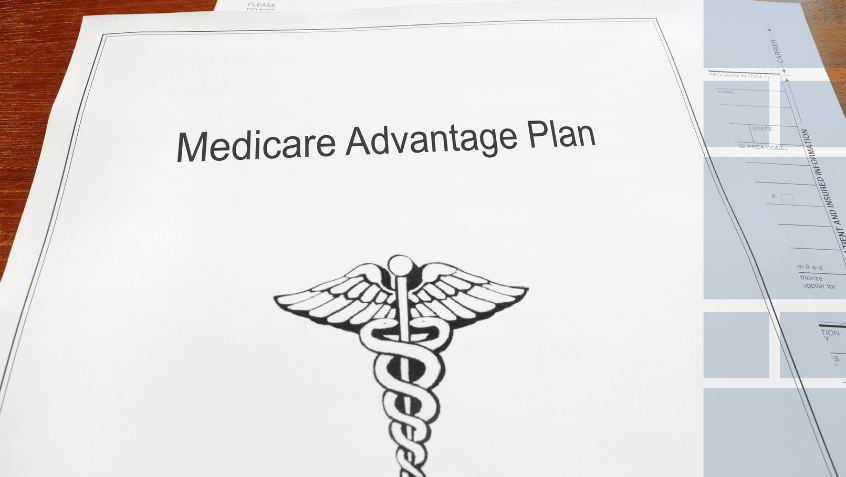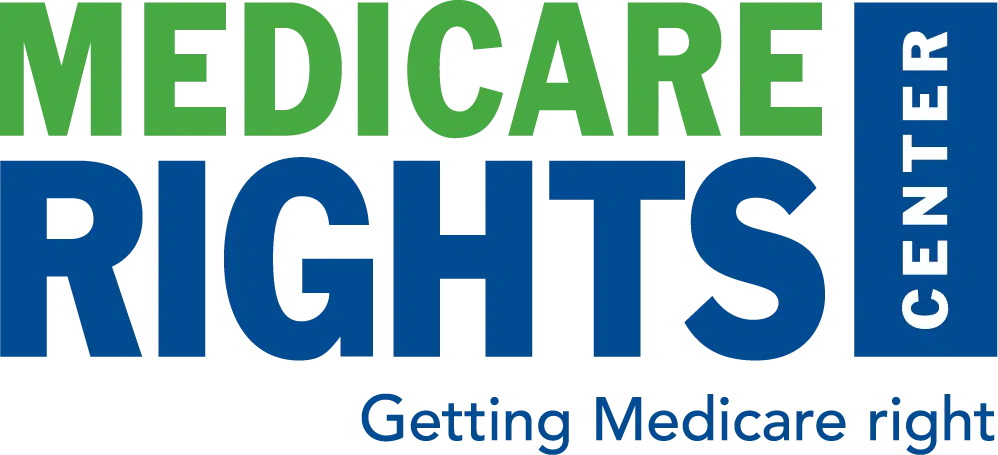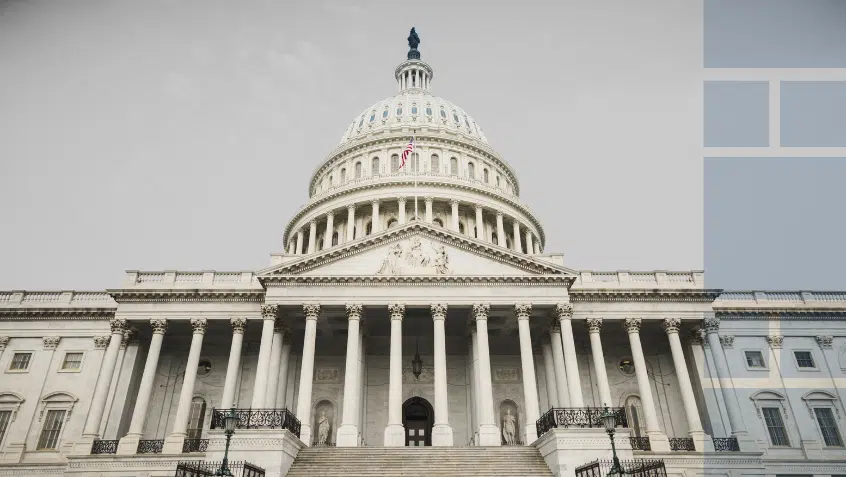Join Us Live for a Discussion on Medicare, Democracy, and the Future of Health Care
More People Are Enrolling in Medicare Advantage at High Cost to Medicare and Taxpayers

A new KFF report examines key trends in 2025 Medicare Advantage (MA) enrollment. MA has seen steady growth in recent years and since 2023 has accounted for more than half of all enrollees. At the same time, Medicare payments to MA plans continue to outpace Original Medicare (OM) spending, and transparency issues within MA hinder effective evaluations and beneficiary decision-making. These dynamics raise costs for beneficiaries and taxpayers, as well as questions about plan value and accountability.
Key Enrollment Trends
More than half of Medicare beneficiaries are enrolled in MA. In 2007, 19% of Medicare beneficiaries were enrolled in MA plans. In 2025, it has reached 54%. If current dynamics continue, the Congressional Budget Office (CBO) projects MA could cover 64% of beneficiaries by 2034.
Special needs plans (SNPs) comprise a growing share of MA Enrollment. Nearly 7.3 million Medicare beneficiaries are enrolled in Special Needs Plans (SNPs), MA plans designed to meet specific care needs; enrollees must meet the special needs category the plan serves like eligibility for both Medicare and Medicaid, or residence in a nursing home or other institutional facility. In 2025, SNPs continue to comprise a growing share of MA enrollment, accounting for 21% of enrollees compared with 14% in 2020. KFF notes this is consistent with “the increasing number of SNP plans available on average and more dual-eligible individuals having access to these plans since the Bipartisan Budget Act of 2018 made SNPs a permanent part of the Medicare Advantage program.”
Group MA Plan Enrollment Holds Steady. Currently, 17% of MA enrollees are in a group plan offered to retirees by an employer or union. Between 2010 and 2025, group enrollment hovered around 17–20% of the MA market, but the actual number of enrollees nearly tripled over that time period, from 1.8 million in 2010 to 5.7 million today.
MA enrollment remains highly concentrated among UnitedHealth and Humana. In 2025, the average Medicare beneficiary can choose from MA plans offered by nine different parent organizations, similar to last year. And MA enrollment remains highly concentrated among a small number of those insurers. Together, UnitedHealth Group (29%) and Humana (17%) account for nearly half (46%) of MA enrollments nationwide; in more than a quarter of counties (26%) they cover at least 75% of enrollees.
Together, UnitedHealth Group and Humana account for nearly half of MA enrollments nationwide.
UnitedHealth and Humana market dominance is consistent. UnitedHealth Group has had the largest share of MA enrollment and largest growth in enrollment since 2010, increasing from 18% of all MA enrollment in 2010 to 29% in 2025. Humana has also had a relatively large share of MA enrollment, though it has been more stable, increasing from 16% in 2010 to 17% in 2025.
Advocacy for Better Medicare Advantage Policies
The Medicare Rights Center understands that ensuring access to optimal coverage options can make Medicare stronger now and in the future. We will continue to advocate for greater MA payment accuracy and plan accountability, and for changes to improve the enrollee experience.
Missing Data Hamper Evaluation of Plan Quality
As MA covers an increasing share of beneficiaries, it is ever more important to evaluate how well the program serves those enrollees as compared to OM. The public must have the opportunity to better understand how much value Medicare, beneficiaries, and taxpayers are getting for plan payments. Policymakers must address the gaps in data that make these essential evaluations difficult, as well as hold plans accountable for their use of these funds and their obligations to enrollees.
Overpayments Threaten Medicare Sustainability
The shifting coverage landscape means concerns about MA costs are also growing in urgency. The research from independent experts is clear: Medicare overpays MA plans by billions of dollars each year, negatively impacting Medicare’s finances while driving up beneficiary premiums and taxpayer costs.
In 2025 MedPAC estimates MA payments will be $84 billion more than what Medicare would have spent to cover the same group of enrollees in OM.
In 2025 alone, the Medicare Payment Advisory Commission (MedPAC) estimates MA payments will be 20% higher—$84 billion more—than what Medicare would have spent to cover the same group of enrollees in OM. As KFF notes, these excess payments have ballooned alongside enrollment. They are “substantially larger than the $18 billion in higher spending a decade ago when about one-third of eligible beneficiaries were enrolled in a Medicare Advantage plan.” Unless policymakers intervene, these overpayments will continue to climb with MA enrollment, unnecessarily undermining Medicare sustainability and beneficiary well-being.
Further Reading
Read the KFF report, Medicare Advantage in 2025: Enrollment Update and Key Trends.
Read more from Medicare Rights about MA history, payment, and policy.
Show Comments
We welcome thoughtful, respectful discussion on our website. To maintain a safe and constructive environment, comments that include profanity or violent, threatening language will be hidden. We may ban commentors who repeatedly cross these guidelines.
Help Us Protect & Strengthen Medicare
Donate today and make a lasting impact
More than 67 million people rely on Medicare—but many still face barriers to the care they need. With your support, we provide free, unbiased help to people navigating Medicare and work across the country with federal and state advocates to protect Medicare’s future and address the needs of those it serves.
The Latest
Most Read
Add Medicare to Your Inbox
Sign up to receive Medicare news, policy developments, and other useful updates from the Medicare Rights.
View this profile on InstagramMedicare Rights Center (@medicarerights) • Instagram photos and videos









